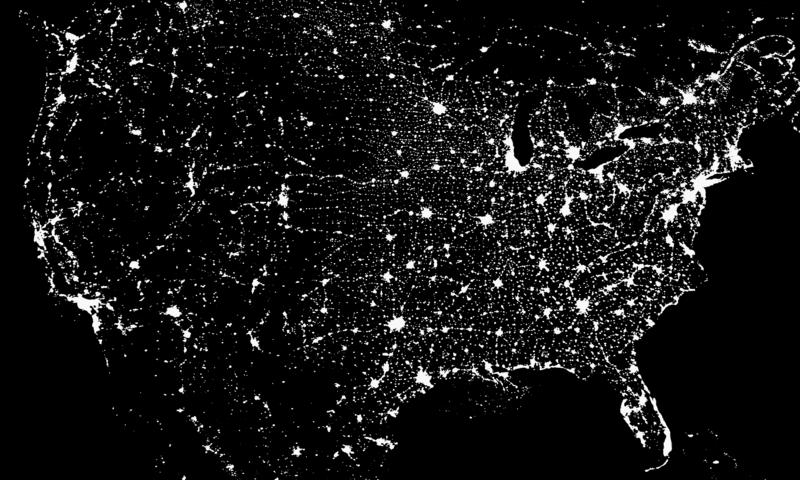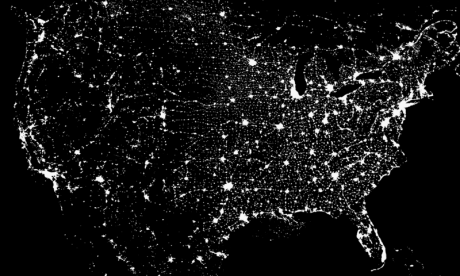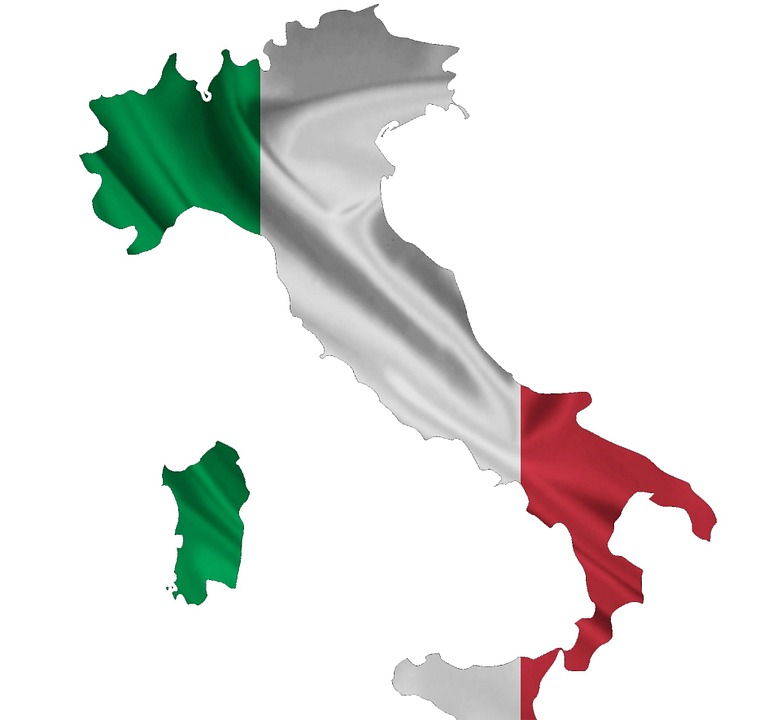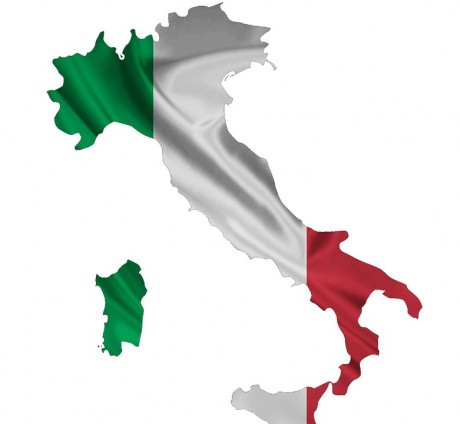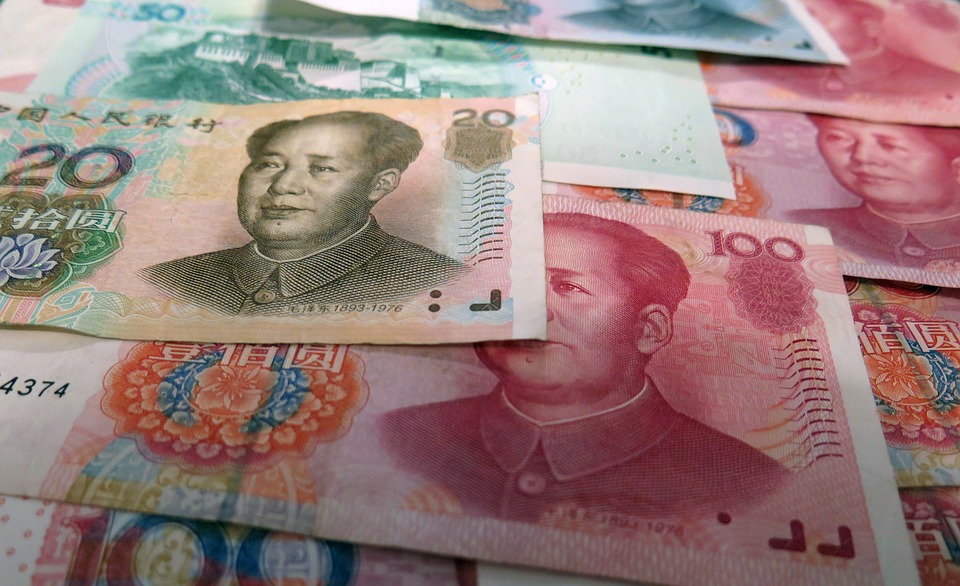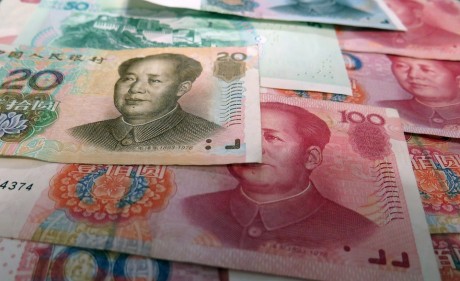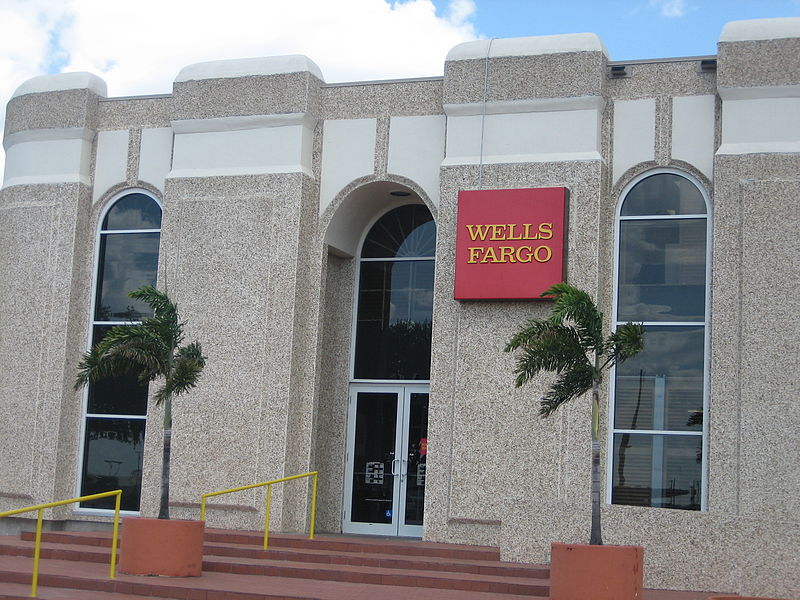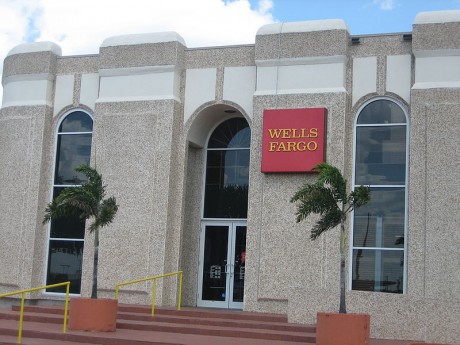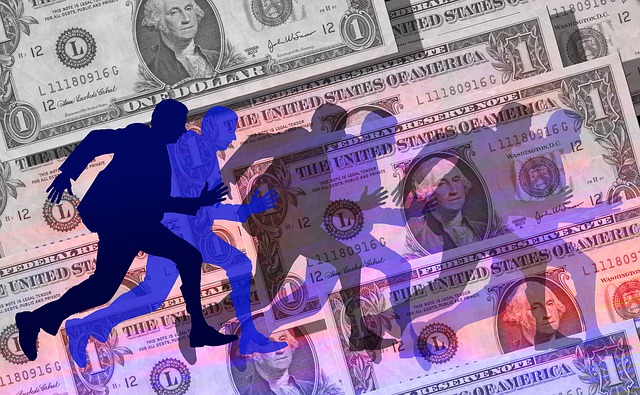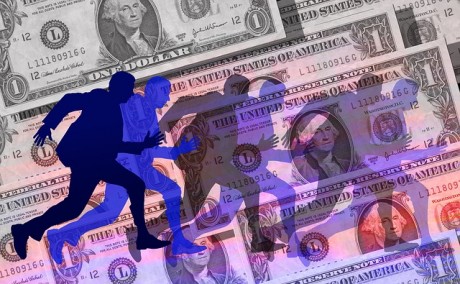 Global stocks are falling precipitously once again, and banking stocks are leading the way. If this reminds you of 2008, it should, because that is precisely what we witnessed back then. Banking stocks collapsed as fear gripped the marketplace, and ultimately many large global banks had to be bailed out either directly or indirectly by their national governments as they failed one after another. The health of the banking system is absolutely paramount, because the flow of money is our economic lifeblood. When the flow of money tightens up during a credit crunch, the consequences can be rapid and dramatic just like we witnessed in 2008.
Global stocks are falling precipitously once again, and banking stocks are leading the way. If this reminds you of 2008, it should, because that is precisely what we witnessed back then. Banking stocks collapsed as fear gripped the marketplace, and ultimately many large global banks had to be bailed out either directly or indirectly by their national governments as they failed one after another. The health of the banking system is absolutely paramount, because the flow of money is our economic lifeblood. When the flow of money tightens up during a credit crunch, the consequences can be rapid and dramatic just like we witnessed in 2008.
So let’s keep a very close eye on banking stocks. Global systemically important bank stocks surged in the aftermath of Trump’s victory in 2016, but now they are absolutely plunging. They are now down a whopping 27 percent from the peak, and that puts them solidly in bear market territory.
U.S. banking stocks are not officially in bear market territory yet, but they are getting close. At this point, they are now down 17 percent from the peak…
Monday early afternoon, the US KBW Bank index, which tracks large US banks and serves as a benchmark for the banking sector, is down 2.5% at the moment. It has dropped 17% from its post-Financial Crisis high on January 29.
Of course European banking stocks are doing much worse. Right now they are down 27 percent from the peak and 23 percent from a year ago. The following comes from Wolf Richter…
But unlike their American brethren, the European banks have remained stuck in the miserable Financial Crisis mire – a financial crisis that in Europe was followed by the Euro Debt Crisis. The Stoxx 600 bank index, which covers major European banks, including our hero Deutsche Bank, has plunged 27% since February 29, 2018, and is down 23% from a year ago
I wish that we didn’t have a global economic system that was so dependent on the “too big to fail” banks, but we do.
If they aren’t healthy, nobody is going to be healthy for long, and it is starting to look and feel a whole lot like 2008.
But unlike 2008, we also have a global trade war to contend with. The CEO of one yacht company recently told USA Today that tariffs have had a “catastrophic” effect on his company…
Tariffs imposed on goods by the European Union, and the Chinese and American governments on boats, cribs, bourbon, and more have put Wisconsin businesses between a rock and a hard place. The tariffs imposed are already damaging a bloated bubble economy and the hardships are just beginning.
“It’s been catastrophic,” said Rob Parmentier, who is the president and CEO of Marquis-Larson Boat Group, which builds Carver yachts in Pulaski, Wisconsin. According to USA Today, the first “hand grenade,” as Parmentier described it, tossed during the trade wars at him specifically, was a 25 percent tariff the European Union placed this year on boats built in the United States, along with scores of other products including Harley-Davidson motorcycles.
I have previously warned my readers that the damage caused by this trade war would get progressively worse the longer that it lasts.
Many companies have been trying to ride it out, but eventually the money runs out and layoffs start happening…
“We’ve had a lot of order cancellations. Canada and Europe have essentially stopped buying boats,” Parmentier said according to USA Today. “We’ve been absorbing some of the additional costs … hoping the tariffs will go away. But we can only do that for so long,” he said. The next step is layoffs.
Anyone that thought that this trade war would not have very serious consequences was just fooling themselves. According to one source, tariffs paid by U.S. businesses are up 45 percent compared to a year ago…
“For the most recent months available, August 2018, the amount of tariffs paid increased by $1.4 billion — or 45% — as compared to tariffs paid in August 2017. Tariff costs in Michigan tripled to $178 million and more than doubled in multiple states — to $424 million in Texas, $193 million in Illinois, $50 million in Alabama, $29 million in Oklahoma, $23 million in Louisana, and $7.3 million in West Virginia.
These costs strain businesses of all sizes but are particularly painful for small business, manufacturers, and consumers who bear the burden of tariff increases in the form of higher prices,” via the data compiled by The Trade Partnership and released by Tariffs Hurt the Heartland.
And it doesn’t look like this trade war is going to end any time soon. In fact, one key Chinese official recently made it very clear that China is not afraid of a long trade war…
On Monday in Beijing, Zhang Qingli, a leading member of a Chinese committee tasked with forging alliances with other nations, told a small group of U.S. business leaders, lobbyists and public relations executives that China refuses to be intimidated by an ongoing trade war with the Trump administration.
“China never wants a trade war with anybody, not to mention the U.S., who has been a long term strategic partner, but we also do not fear such a war,” Zhang said through a translator, according to a meeting attendee who declined to be named.
We are entering a time when the economy was likely to slow down anyway, but if stocks continue to crash and global banking woes escalate, that is going to spread fear and panic like wildfire.
And when there is fear and panic in the air, lending tends to really tighten up, and a major credit crunch is just about the last thing that we need right now.
It’s been a really bad October for global markets so far, and more trouble is brewing. Hold on to your hats, because it looks like it is going to be a bumpy ride ahead.
About the author: Michael Snyder is a nationally syndicated writer, media personality and political activist. He is publisher of The Most Important News and the author of four books including The Beginning Of The End and Living A Life That Really Matters.
The Last Days Warrior Summit is the premier online event of 2018 for Christians, Conservatives and Patriots. It is a premium-members only international event that will empower and equip you with the knowledge and tools that you need as global events begin to escalate dramatically. The speaker list includes Michael Snyder, Mike Adams, Dave Daubenmire, Ray Gano, Dr. Daniel Daves, Gary Kah, Justus Knight, Doug Krieger, Lyn Leahz, Laura Maxwell and many more. Full summit access will begin on October 25th, and if you would like to register for this unprecedented event you can do so right here.

